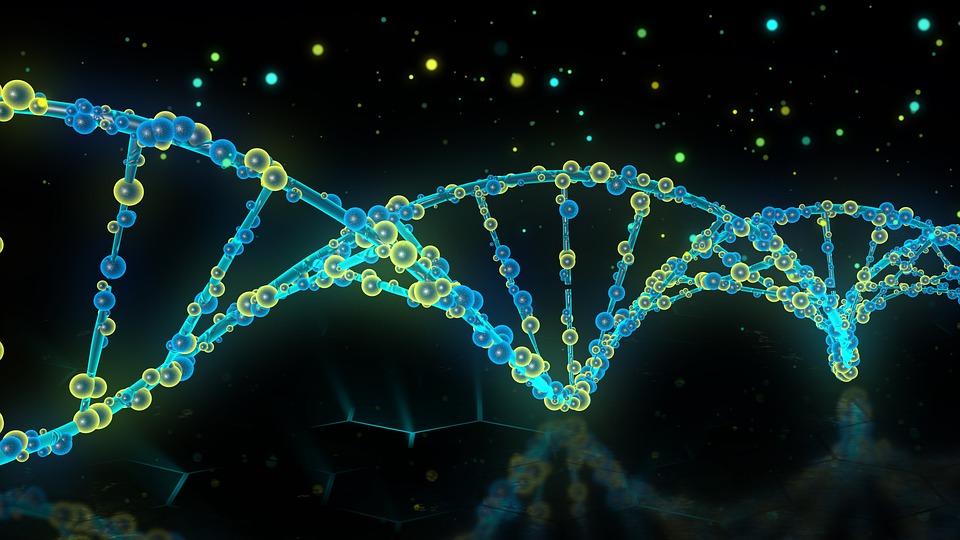
Sun Prints
by Kimberly Roach
Students will combine science and art by using an alternative photographic process called cyanotypes or sun prints. After a short introduction to the history of cyanotypes and the process of creating one, students will go on a nature walk to collect objects from nature. Once back in the classroom, students will layout their composition using the objects from nature, place their sun print composition in the sun for a few minutes, rinse the exposed sun print in water, and place on a drying rack. After 24 hours, when the cyanotype is dry, as if by magic, the area were the nature objects were appear white and the area where there were no nature objects is a cyano blue.
Lesson Plan Link/URL
https://docs.google.com/presentation/d/1aP4Tp2vFGnimucAJBF_DHkVLecpurf2d/edit?u…Subject Area
Science Physical Science P1: Matter P4: Energy Transfer Earth and Space Science E1: Earth Systems Technology 5. Computational Thinker Mathematics Statistics and Probability (SP) English Language Arts (ELA) Writing Speaking & Listening
Featured
Off
Related Content


Grades:
5th Grade, 6th Grade, 7th Grade, 8th Grade
Empower with solar, motors & wireless! Unravel renewable energy, motor tech & wireless applications in an engaging STEM journey.

Grades:
7th Grade, 8th Grade, 9th Grade, 10th Grade, 11th Grade, 12th Grade
This two-part lesson models STEM instruction in the context of an ELD classroom. In this lesson (part 2), students pose a research question about clouds, weather, and/or climate, and address it with